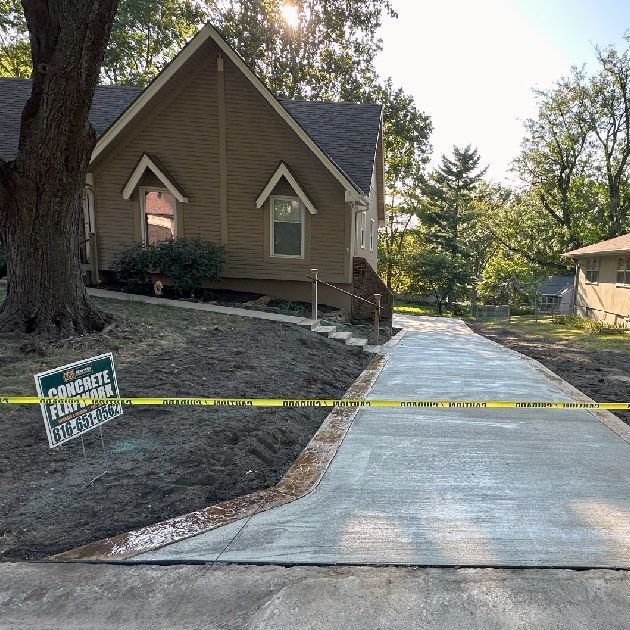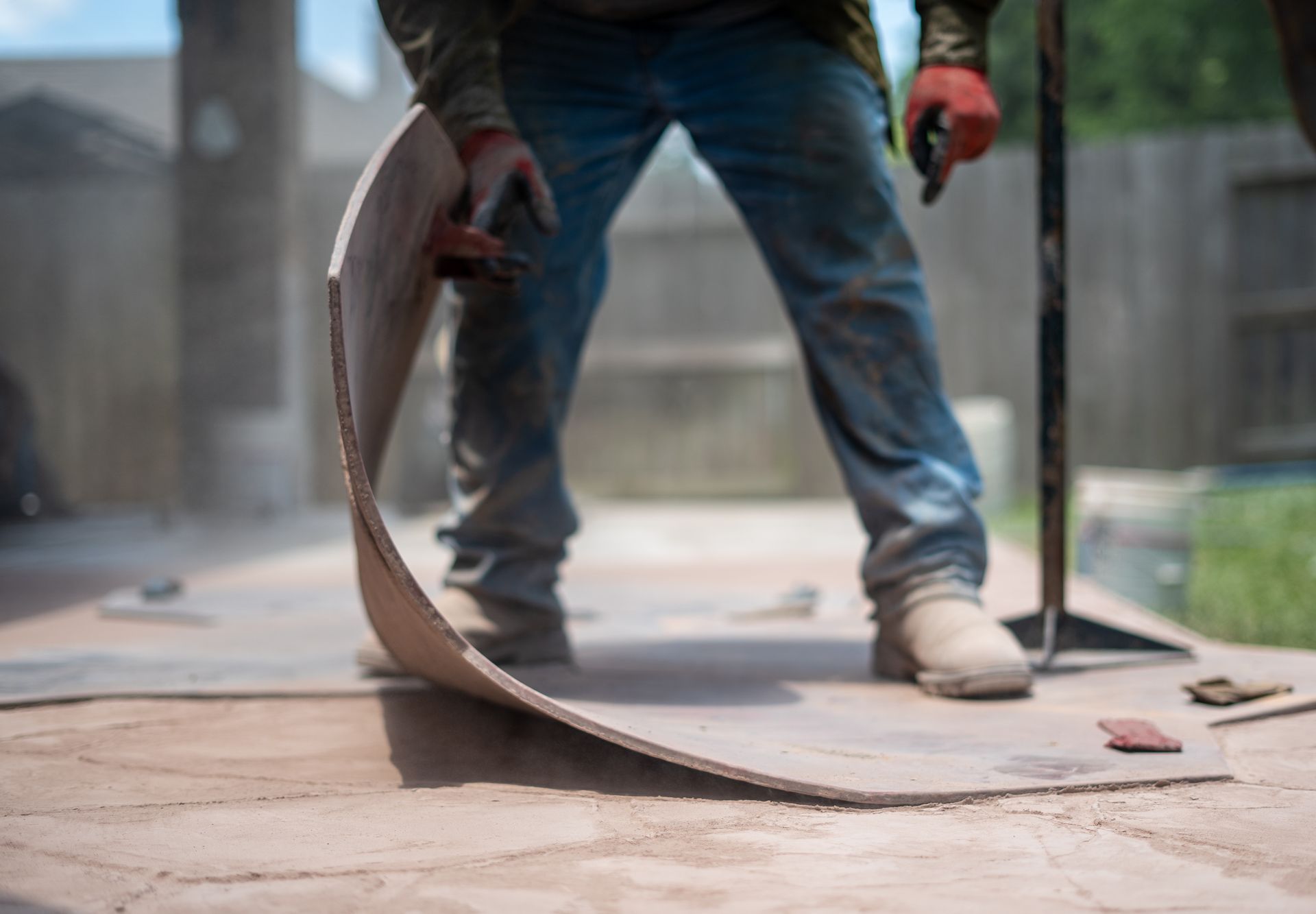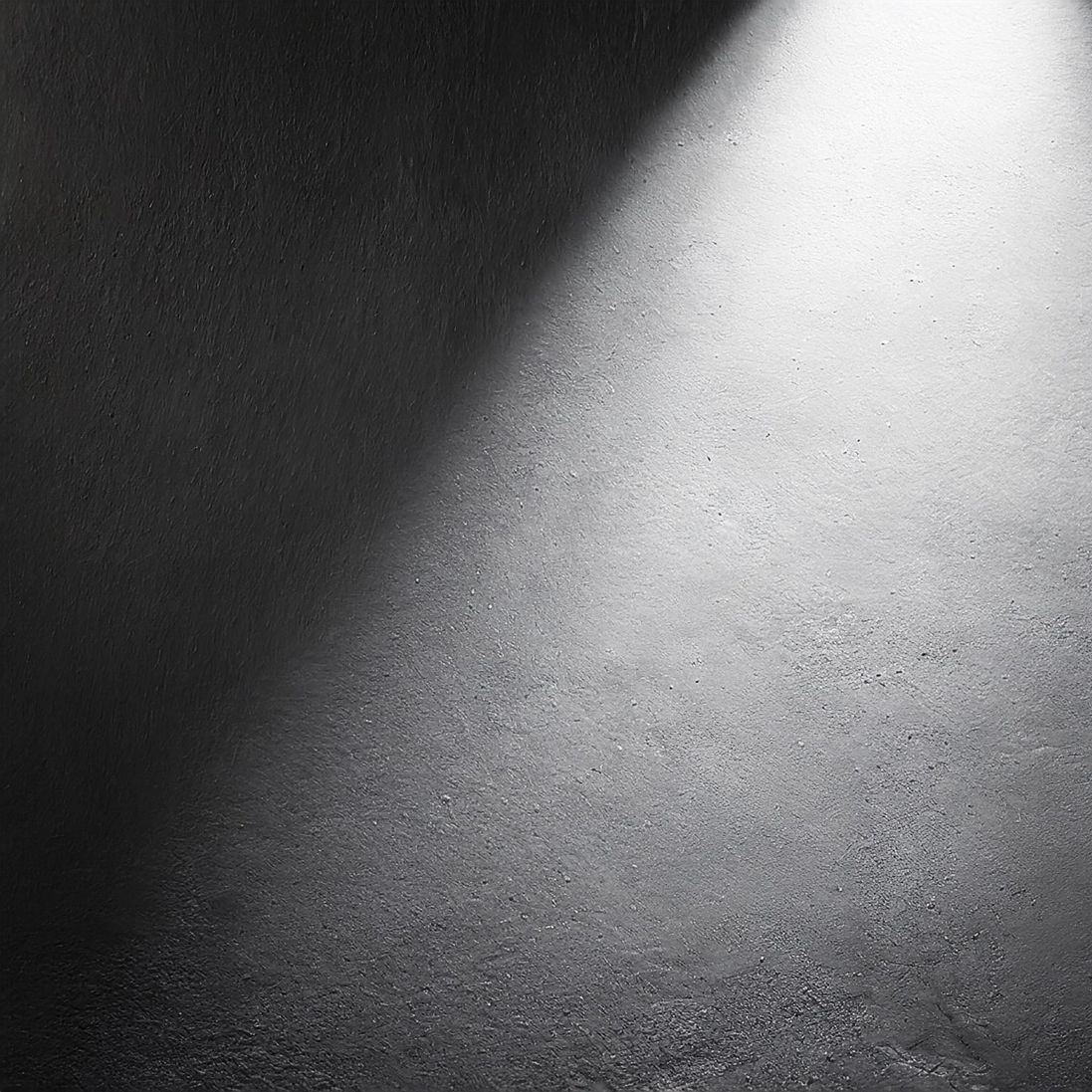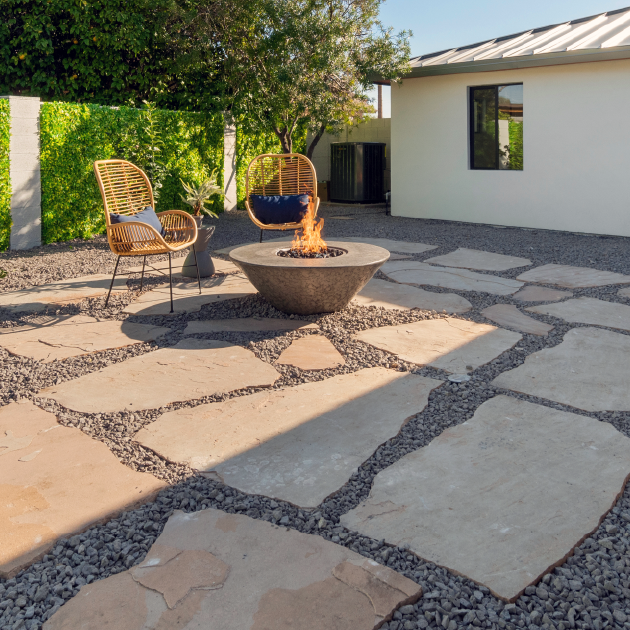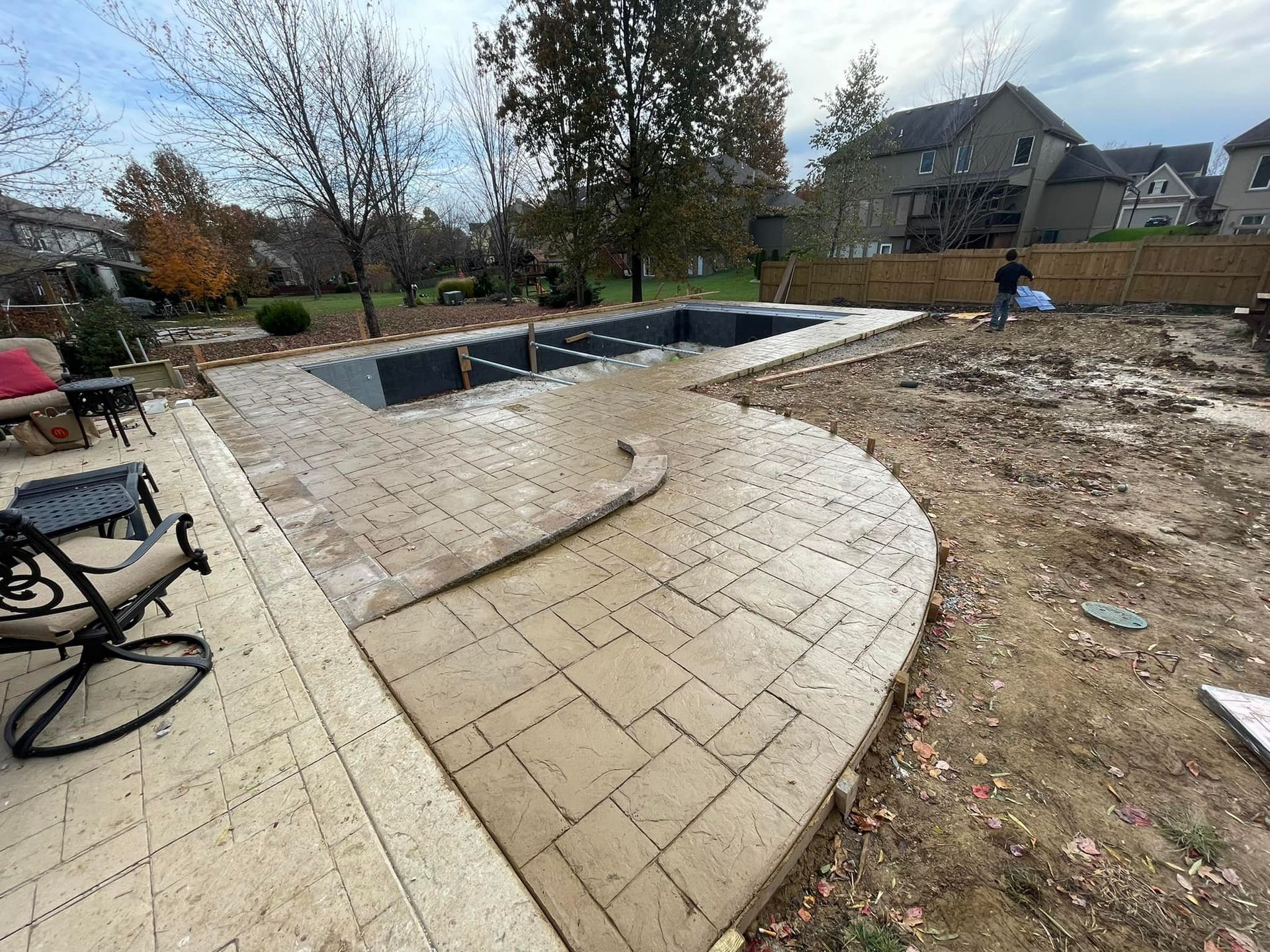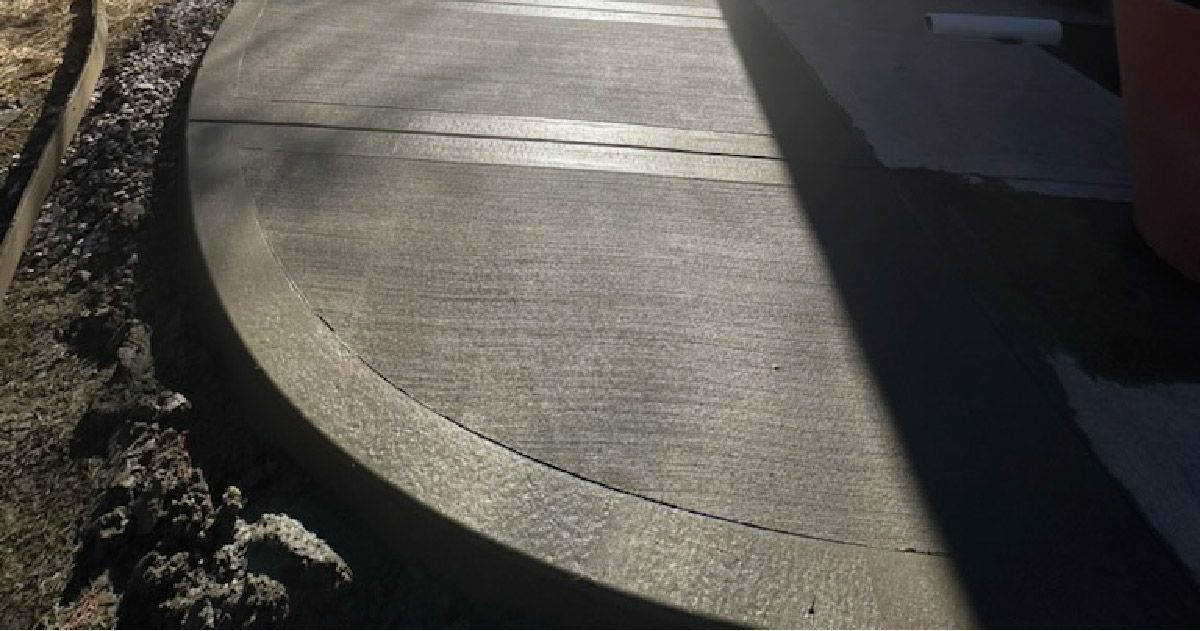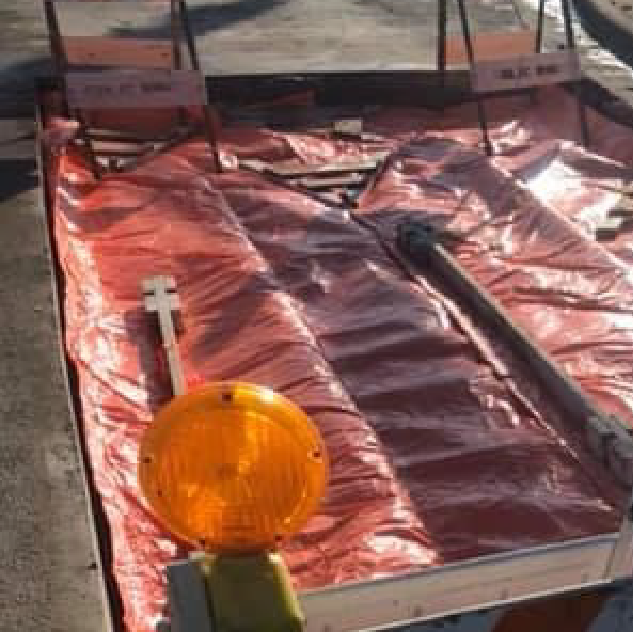Pouring Concrete in the Winter
It can be a challenge to pour concrete in the wintertime, with frigid temperatures and unpredictable weather patterns. But it doesn’t have to be a daunting task! With the right preparation and strategies for working in cold weather, laying concrete during these colder months is totally doable. Knowing that you're saving up on costs by taking advantage of winter season pricing is just an added incentive! We’ll break down the process step-by-step so you can pour your foundation or walkway without worrying about how low temperatures will affect your project; after reading this post, you'll be confidently ready take on any winter day for a successful pouring experience.
Understand the Temperature Requirements for Working with Concrete in Cold Weather.
When it comes to working with concrete in cold weather, it's vital to understand the temperature requirements. Why? Well, if the temperature falls below a certain threshold, concrete can become too stiff to work with and may not set properly. That's why it's important to keep an eye on the temperature of the concrete mixture before, during, and after pouring. But it's not just the air temperature that's important; the temperature of the ground, forms, and reinforcing steel should also be taken into account. By understanding the right temperature requirements for concrete, you can ensure a successful job and avoid any costly mistakes. So if you're planning on working with concrete in cold weather, make sure you do your research and follow the necessary precautions.
Prepare the Area and Materials Needed for Pouring Concrete in Winter Conditions.
When it comes to pouring concrete in winter conditions, preparation is key. Firstly, ensure that the area has been cleared of snow and ice and that the ground is level. This will make the process much easier and safer for all involved. Once the area has been cleared, it's important to ensure you have all the necessary materials on hand. This includes concrete mix, water, tools such as trowels and floats, and any additives needed to adjust the mixture for cold weather. It's also essential to have protective gear such as gloves and hats to keep workers warm and safe. By taking the time to prepare and gather all the necessary materials and equipment, you can ensure a successful and safe concrete pour, even in freezing temperatures.
Take Precautions to Ensure Proper Curing of the New Concrete.
After all the work involved in pouring new concrete, it's important to ensure that it cures properly to maintain its strength and durability over time. This is where taking precautions to properly cure the concrete comes into play. There are a few different methods you can use to ensure the concrete cures at the right rate, including spraying it with a curing compound, covering it with plastic sheeting, or wetting it down with a hose regularly. The important thing is to keep the concrete moist and at the right temperature for a period of time to ensure it reaches its full strength potential. Taking these precautions will help you get the most out of your new concrete and ensure it lasts for many years to come.
Learn How to Choose the Right Aggregate Mix for Winter Concrete Pours.
When preparing for a winter concrete pour, choosing the right aggregate mix can make all the difference. It's important to remember that concrete placed in colder temperatures will set slower, making it essential to select an aggregate mix that can withstand the lower temperatures. One type of aggregate mix that is commonly used in winter concrete pours is air-entrained concrete. This type of mix contains tiny bubbles that work to relieve pressure, ensuring that the concrete can expand and contract without cracking. However, it's important to note that not all winter projects will require air-entrained concrete, as there are a variety of options available. By understanding the different types of aggregates and how they perform in colder temperatures, you can choose the right mix and ensure a successful winter concrete pour.
Discover the Benefits of Adding Admixtures to Your Winter Concrete Mixture.
As winter approaches, it's important to consider the effects colder temperatures can have on your concrete mixture. To combat potential issues, such as slower setting time and cracking, admixtures can be added to your mix. But why stop at just improving the durability and functionality of your concrete? Admixtures can also offer a range of aesthetic benefits, from adding unique colors to increasing the shine of your finished product. By incorporating admixtures into your winter concrete mix, you can not only ensure its longevity and strength but also create a visually stunning finished product.
Find out About Different Types of Insulated Forms Used in Winter Concreting Projects.
Winter concreting projects require a specific type of insulation that can withstand the harsh, cold temperatures of the season. In such projects, there are different types of insulated forms used that offer unique features and advantages. One of the most common forms is the Expanded Polystyrene (EPS) form, which is lightweight and easy to handle. Another form is the extruded polystyrene (XPS) form, which offers strong insulation and compressive strength. Additionally, the composite insulated form (CIF) is known for its variable insulation and flexibility. Each of these forms has its pros and cons, and choosing the right one for your winter concreting project can ensure the durability and longevity of your structure.
Conclusion:
It is important to remember the significance of understanding the temperature requirements when working with concrete in cold weather. Even with the best intentions, mixing and pouring incorrect ratios can be an expensive mistake to correct. It is wise to be prepared for cold weather concreting by stocking up on proper material, supplies, admixtures as well as using insulated forms. Take appropriate safety precautions and ensure that the newly laid concrete has proper curing time so that your project can stand the test of time. Lastly, if you are unsure about presence conditions or have any questions at all regarding winter concreting, call the experts at 816-651-0562 and we are glad to help! Utilizing this knowledge can help you experience success when it comes to your next cold weather concreting project.

